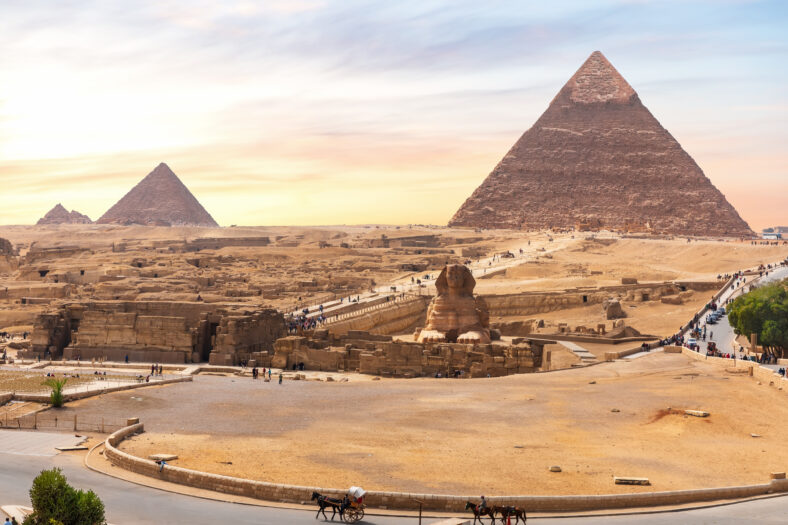The Tomb Of An Unknown Pharaoh Has Been Found In Egypt

Last month, archaeologists confirmed the discovery of the tomb of Thutmose II. Now, they have found another ancient Egyptian king’s tomb for the second time. However, this time, no one knows which king it belonged to.
According to the Egyptian Ministry of Tourism and Antiquities, the latest discovery was made in the Mount Anubis necropolis in Abydos, a major city in ancient Upper Egypt.
The tomb is believed to date back to the Middle Kingdom’s Second Intermediate Period, which spanned from about 1630 to 1540 B.C.E.
The Hyksos dynasty ruled Lower Egypt at the time, the northernmost region of the kingdom. The Hyksos, a Greek word for “rulers of foreign lands,” came from western Asia.
They brought significant cultural and technological contributions with them, such as the horse and chariot.
Upper Egypt, the southern part of the kingdom, was ruled by Egyptian kings who later fell to the Hyksos. So, not much is known about the Abydos dynasty.
In 2014, archaeologists unearthed the tomb of previously unknown King Senebkay in Abydos. It was buried more than 20 feet underground and consisted of a limestone burial chamber covered in mud-brick vaults.
On the walls of the entrance, there were inscriptions that referenced the goddesses Isis and Nephthys. But the name of the king who was laid to rest in the tomb is impossible to make out.
“The king’s name was originally recorded in painted scenes on plastered brickwork that decorated the underground entrance to the limestone burial chamber,” said Josef Wegner, the leader of the excavation and an Egyptologist at the University of Pennsylvania.

Sign up for Chip Chick’s newsletter and get stories like this delivered to your inbox.
“However, the hieroglyphic texts were damaged by ancient tomb robbers, and not enough survives to read the king’s name.”
Mohamed Abdel Badie, the head of the Egyptian Antiquities Sector at the Supreme Council of Antiquities, suggested that the tomb belonged to a predecessor of King Senebkay.
But since looters took all the treasures from the tomb, including the king’s mummy and sarcophagus, there are no clues to point to the king’s identity.
Hopefully, the team can locate artifacts and sites in the surrounding area that might help shed some light on the new royal tomb. The unknown pharaoh’s tomb is just one of two big finds in the region.
While excavations were taking place in Abydos, archaeologists from the Supreme Council of Antiquities discovered a pottery workshop in the village of Banawit dating back to the Roman and Byzantine eras in Egypt, between 30 B.C.E. and 642 C.E.
The workshop contained several kilns, storage areas, and 32 ostraca, or pottery shards. It was likely in use during the Byzantine era but was repurposed as a cemetery during the seventh century C.E. Mud-brick tombs contained mummies and skeletons of different ages, suggesting that the site was used for family burials.
Further work needs to be done in order to learn more about the region and its rulers.
More About:News





